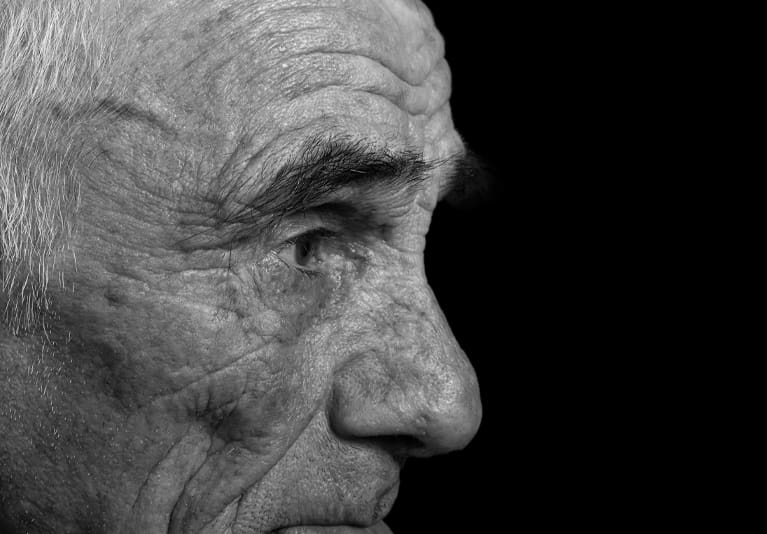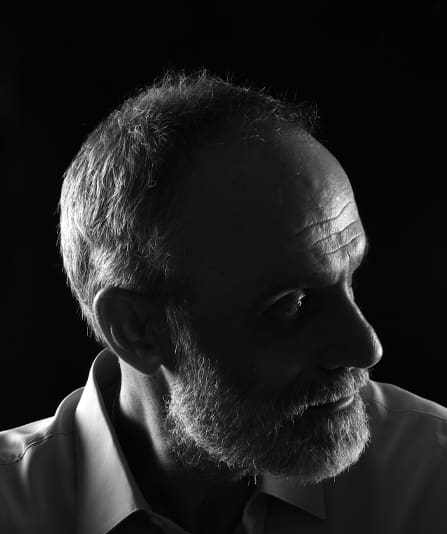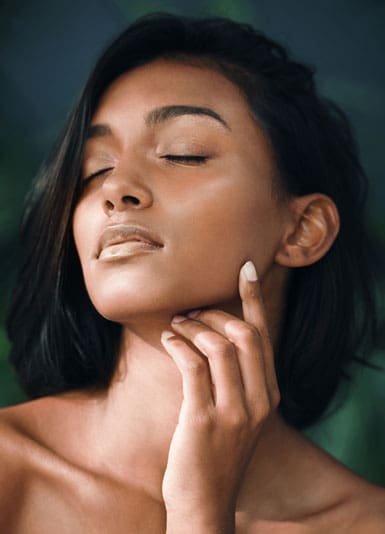Face by Mr Ioannis Goutos
Rhinophyma

Rhinophyma is a disfiguring condition of the nose associated with the overgrowth of skin and sebaceous glands. It is considered to be the most severe expression of acne rosacea and it is most commonly limited to the lower part of the nose; nevertheless, it can occasionally also involve the chin and forehead.
The condition is more common in Caucasian men in their fifith to seventh decade of life and has been traditionally linked with excessive alcohol use in the past; this association has not been explicitly confirmed in the scientific literature. Most patients present for medical attention based on gradual changes in the size of their nose with most noticing the tip and nostrils becoming bulkier with time.
Sometimes the diagnosis is made by a dermatologist or general practitioner as part of acne rosacea, which can present in a variety of ways including facial flushing, visible blood vessels, persistent redness and pimples on the cheeks/nose. Having rhinophyma can lead to disharmony in facial features and this may cause some people to feel particularly conscious and face issues with low self-esteem.
Book your consultation today
Book nowAbout this condition
In general, non surgical therapy includes the use of tablets ahead of any surgical/laser intervention. This medication helps decrease the production of sebum, shrink the size of sebaceous glands and hence optimises the target areas before treatment. There are a number of laser and surgical procedures able to give long-lasting results.
Treatment options include:
Scalpel reduction: this traditional technique aims to remove bulky tissue and sculpt the nose into a more natural shape. It has now been superseded by other modalities.
Electrosurgery: direct removal of excess tissues using a loop shaped handpiece powered by electricity.
Dermabrasion: this technique is mainly used as an adjunct to other modalities to further sculpt the profile of the nose.
Carbon dioxide laser ablation: Over the last decade, this has become the gold standard for rhinophyma treatment; it provides the best aesthetic results with the lowest side effect profile compared to other treatment options.
These are all procedures that will involve either sedation, or most commonly a local anaesthetic. The duration of recovery will very much depend on the extent of the procedure and modality of treatment chosen. Following carbon dioxide treatment, it typically takes a couple of weeks for recovery and three to six months for the final results to be fully appreciated.
The optimal procedure for you will depend on the extent of rhinophyma, the overal skin tone and whether there are medical conditions complicating your management plan.
A skilled plastic surgeon will be able to perform a thorough assessment, consider your aesthetic objectives and recommend the best action plan for you.
Mr Ioannis Goutos is a London-based plastic surgeon with a particular interest in scars and laser surgery treatments. He provides thorough assessments and gold standard post-treatment care and follow up.

Testimonials
Mr Goutos is delighted to share some of his patient and peer feedback on their experiences of his services.











